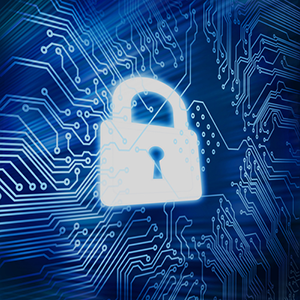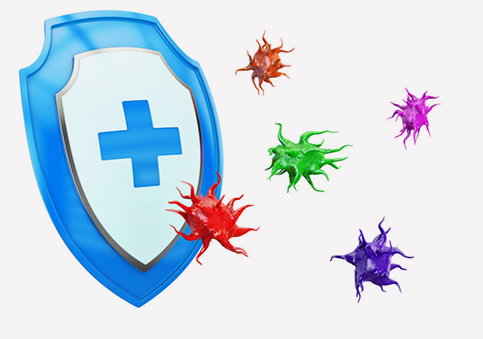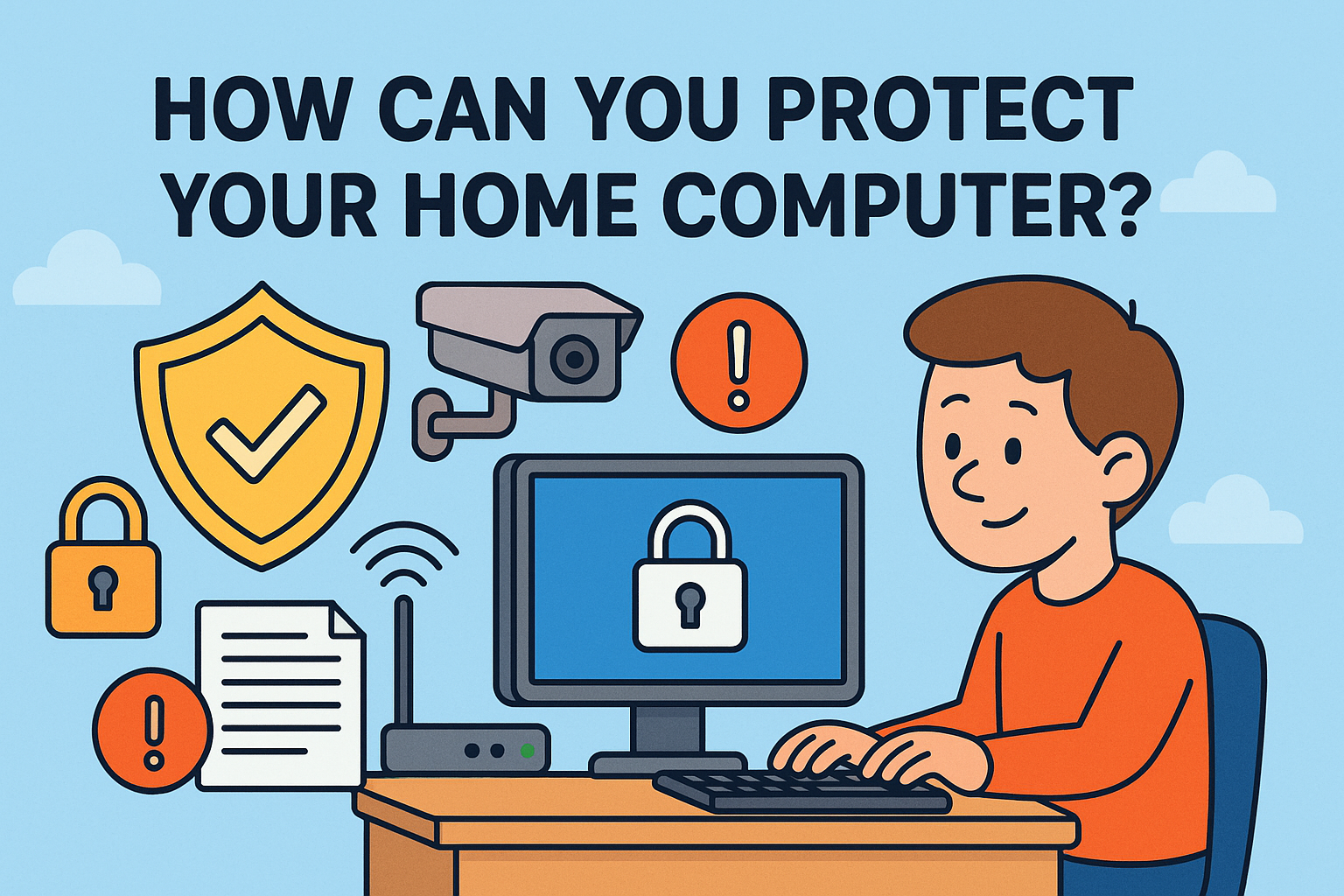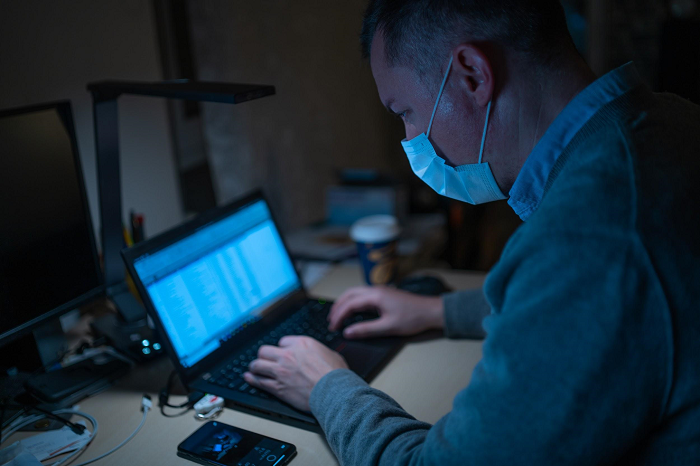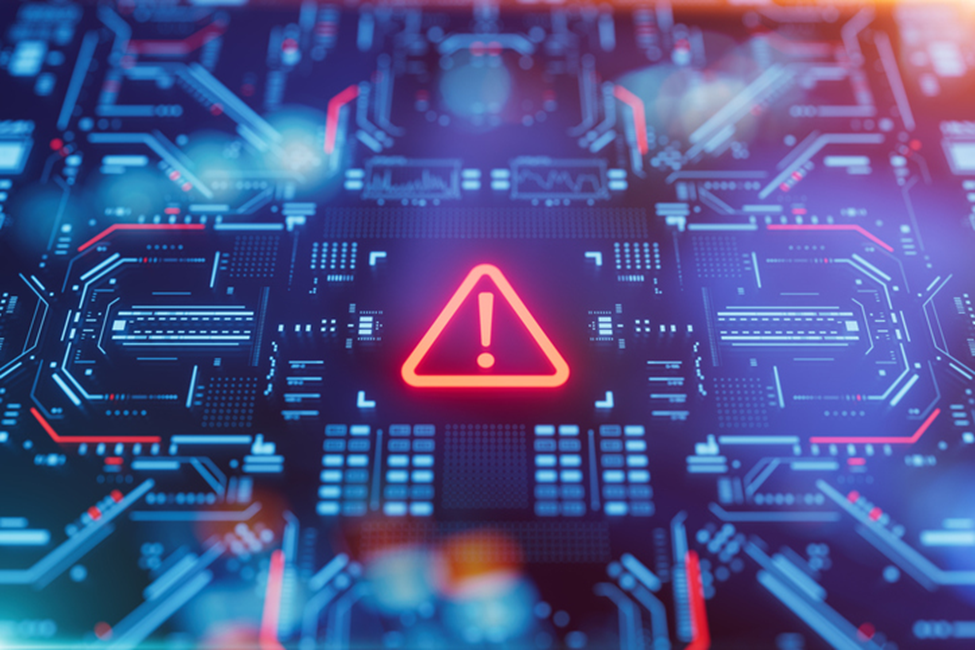How Does Ransomware Attacks Happen?
Updated on October 11, 2022, by Xcitium
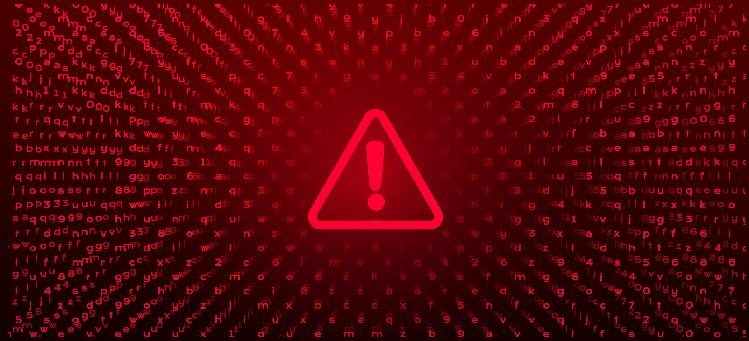
Statistics have shown that Ransomware attacks are becoming more numerous these days. And they are estimated to cost multinational organizations up to $20 billion by 2021.
Ransomware attacks are not a new phenomenon. The world has witnessed numerous vile attacks of ransomware since the mid-2000s. Reports have it that the first known or recorded ransomware malware was created as far back as 1989. Ransomware attacks have somehow fluctuated over the years, but have risen significantly in frequency since recently. But what do Ransomware attacks entail? How do ransomware attacks happen? Read on to find answers to these questions are answered in this post.
What Is Ransomware?
Ransomware is a kind of malicious software that can infect a computer. It prevents the computer’s user or owner from accessing their data until a ransom is paid to unlock it. Several variants of ransomware have emerged over the years, and most of them, in most cases, attempt to extort money from computer users by displaying on-screen alerts.
The alerts usually inform the computer user that their files have been encrypted or their system has been locked out. Users are then asked to pay a ransom or else access to the system, or its data will not be restored. The demand for payment varies from one individual to another. But in most cases, it is usually between $200-$400 and even millions, which must be paid in virtual currencies or cryptocurrency such as Bitcoin.
How Do Ransomware Attacks Happen?
Ransomware is usually spread via phishing emails that come with malicious attachments or via drive-by downloading. Drive-by downloading occurs when a computer user visits an infected website unknowingly. And as soon as the user lands on such sites, malware is instantly downloaded and installed on the user’s systems without their knowledge.
A malware variant known as Crypto Ransomware is designed to encrypt files. It is also spread via the methods outlined above and can also be spread through social media via web-based instant messaging apps. Newer methods of ransomware, however, have been observed and noted. For instance, Web servers susceptible to attack have been tapped as an entry point to gain quick access to a company’s network.
What Makes Ransomware So Effective?
The creators of ransomware do one thing correctly, and that is to instill panic and fear into their victims. This pushes the victims to pay the ransom demanded or click on a particular link which further infects their systems with additional malware.
Ransomware generally displays frightening messages such as these:
- ‘All files on your computer have been encrypted. You must pay this ransom within 48 hours to regain access to your files/data.’
- ‘Your computer was used to visit a website with illegal content. To unlock your computer, you must pay a $100 fine.’
- ‘Your computer has been infected with a virus. Click here to resolve the issue now.’
How To Prevent Ransomware
A malware infection can be crippling and pretty devastating to individuals or organizations. Recovery can be complicated even when handled by a highly prestigious or recognized data recovery specialist. The best method of avoiding ransomware attacks is to take preventive measures.
Here is what you need to prevent ransomware attacks:
- Keep your operating system as well as software up-to-date with the latest or most recent patches. Targets of most Ransomware attacks are vulnerable operating systems and applications.
- Employ a recovery and data backup plan for all vital information. Carry out and test backups from time to time to curtail the impact of system or data loss and to facilitate the recovery process.
- Keep in mind that network-connected backups can also be susceptible to a ransomware attack. Therefore, critical backups should always be cut off from the network or outright protection.
- Always ensure you maintain up-to-date antivirus/anti-malware software. And don’t forget to always scan software downloaded from the internet before executing or launching them.
- Do not enable macros from email attachments. This is because if you mistakenly open an unrecognized attachment and enable macros, embedded codes will readily execute the malware on your machine.
- Don’t follow any unsolicited web links in emails from unverified sources.
- Restrict the ability of users to install and run unrecognized software applications.
- Use advanced security systems to combat sophisticated malware attacks.
Conclusion
Combating ransomware attacks is a continual fight. You can be on the winning side if you follow the tips outlined in this post. And lastly, ensure you always have a sound backup system available in case your computer does become infected and you are unable to recover your files.


